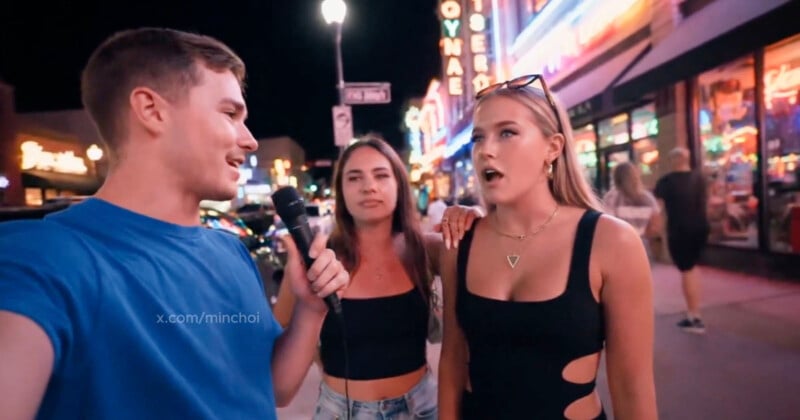YouTubers Surprised That Google Uses Their Videos to Train AI Models

Google is reportedly using its expansive library of YouTube videos to train its AI models like Gemini and Veo 3, shocking many content creators.
Last month, Google launched its latest AI video model Veo 3, positioning it as one of the most advanced AI video generators on the market and stunning viewers with the incredibly impressive synthetic videos generated from it.
Before you ask: yes, everything is AI here. The video and sound both come from a single text prompt using #Veo3 by @GoogleDeepMind .Whoever is cooking the model, let him cook! Congrats @Totemko and the team for the Google I/O live stream and the new Veo site! pic.twitter.com/sxZuvFU49s
— László Gaál (@laszlogaal_) May 21, 2025
According to a report by CNBC, Google is tapping into YouTube’s library of 20 billion videos to train its AI models. The news outlet cited a source not authorized to speak publicly about the matter.
Google later confirmed to CNBC that it does use YouTube videos to train its AI, but says it only relies on a subset of content and adheres to specific agreements with creators and media partners.
Google Veo 3 realism just broke the Internet yesterday.
This is 100% AI
10 wild examples:
1. Street interview that never happened pic.twitter.com/qdxZVhOO3G
— Min Choi (@minchoi) May 22, 2025
“We’ve always used YouTube content to make our products better, and this hasn’t changed with the advent of AI,” a YouTube spokesperson tells the news outlet in a statement. “We also recognize the need for guardrails, which is why we’ve invested in robust protections that allow creators to protect their image and likeness in the AI era — something we’re committed to continuing.”
YouTube Creators Say They Didn’t Know
While YouTube says it has previously disclosed this practice, many creators and media organizations remain unaware that Google is using its video library to train AI models, according to CNBC. Creators interviewed by the outlet say they had not been informed or consulted, and were caught off guard by the revelation.
When uploading a video to the platform, the user is agreeing that YouTube has a broad license to the content. But while YouTube allows creators to opt out of third-party AI training by companies like Amazon, Apple, and Nvidia, they reportedly cannot prevent Google from using their videos to train its own models.
YouTube has not disclosed how many — or which — of its 20 billion videos are used for AI training. However, experts cited by CNBC note that even using just 1% of the library would provide around 2.3 billion minutes of footage — more than 40 times the volume of training data reportedly used by some rival AI models.
Digital rights advocates argue that years of work by YouTube creators are being used to develop AI systems without their consent or compensation. One example is Vermillio, which has developed a tool called Trace ID to detect similarities between AI-generated videos and original content. In some cases, the tool has found matches exceeding 90%.
“We’ve seen a growing number of creators discover fake versions of themselves circulating across platforms — new tools like Veo 3 are only going to accelerate the trend,” Dan Neely, CEO of Vermillio, which helps individuals protect their likeness from being misused and also facilitates secure licensing of authorized content, tells CNBC.
The latest news comes after Disney and Universal filed a joint lawsuit against generative AI company Midjourney, accusing it of widespread copyright infringement.